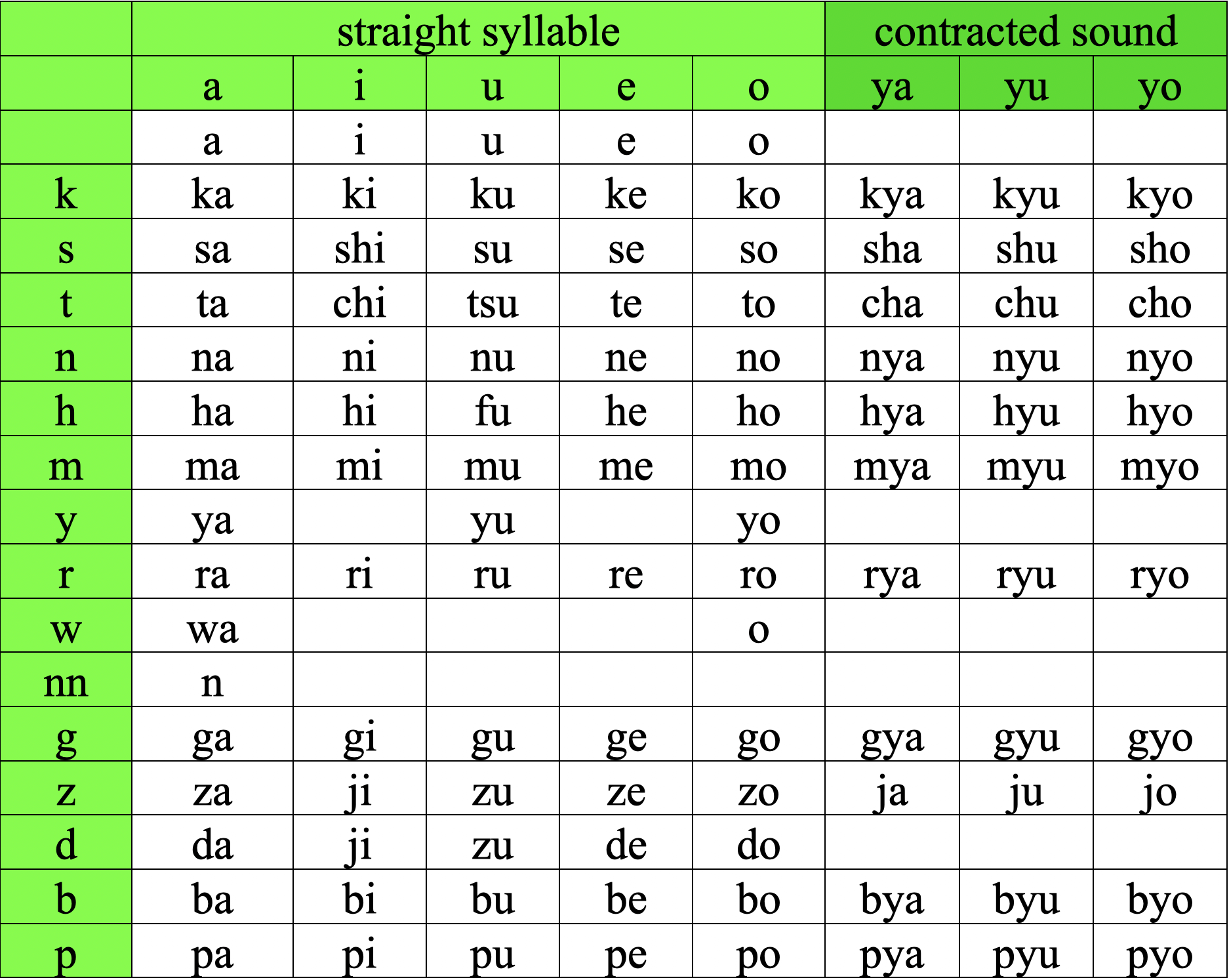
Introduction
Rōmaji uses the Roman alphabet to write Japanese, making familiar brands like TOYOTA, Nintendo, and FUJITSU accessible to everyone. It’s one of the methods used to write Japanese, alongside Kana (hiragana and katakana) and Kanji. Among the various Rōmaji systems, the Hepburn system, created by American missionary James Curtis Hepburn in the 19th century, is notable for its widespread use.
He made it to help people from other countries pronounce Japanese better and used it in a dictionary he made in 1867.

Now, not only foreigners but also Japanese people often use the Hepburn system to write their names and places in the Roman alphabet. It has also become one way to type on computers and smartphones.

Key Rules of the Hepburn System:
Basic Sounds: The vowels “あいうえお” are written as “a i u e o,” and combinations of consonants and vowels like “かきくけこ” become “ka ki ku ke ko.” However, there are special rules to note:
- Extending Sounds: Long vowels are indicated by a line above the vowel: ā, ī, ū, ē, ō, for example, “Ōsaka.”
- The Silent ‘っ’: This shows up as a doubled consonant in words like ‘Sapporo’ (‘ss’, ‘tt’, ‘pp’, etc.). For sounds like ‘chi’, ‘cha’, ‘chu’, ‘cho’, don’t double the ‘c’ but use a ‘t’, as in “hatcho.”
- Nasal Sounds ‘ん’: Before /b/, /m/, /p/, ‘ん’ is written as ‘m’, not ‘n’. See “annai” (guidance) and “tempura” for examples.
Rōmaji bridges Japanese to the global alphabet, simplifying learning for beginners. With these basics, you’re on your way to understanding Japanese through the lens of Rōmaji, a step that brings the language’s beauty closer to learners worldwide.
Reference
Meiji Gakuin University. (n.d.). Wa-Ei Gorin Shūsei Digital Archives. Retrieved April 2, 2024 from https://mgda.meijigakuin.ac.jp/waei



